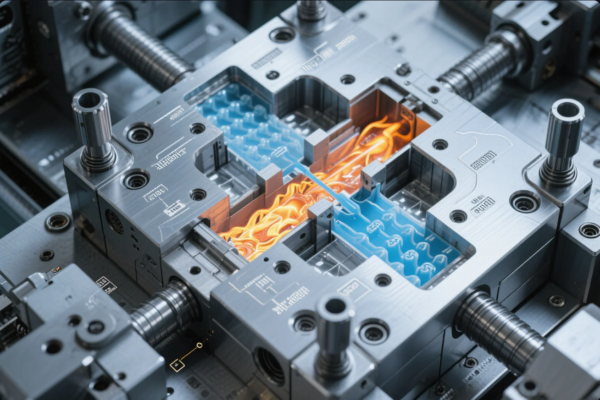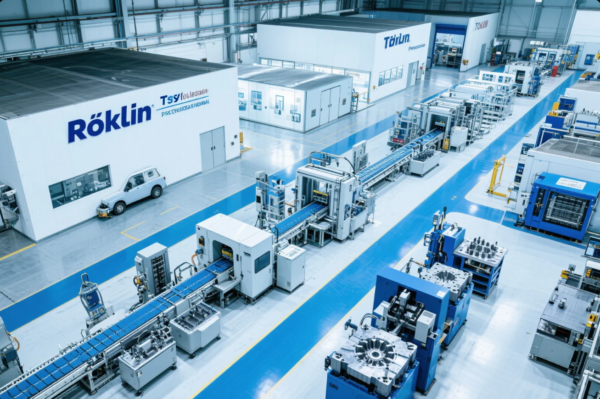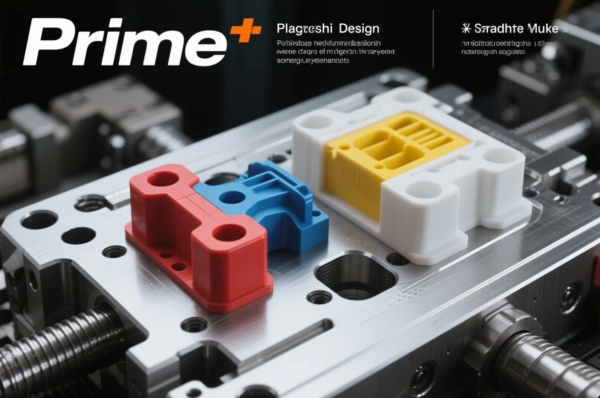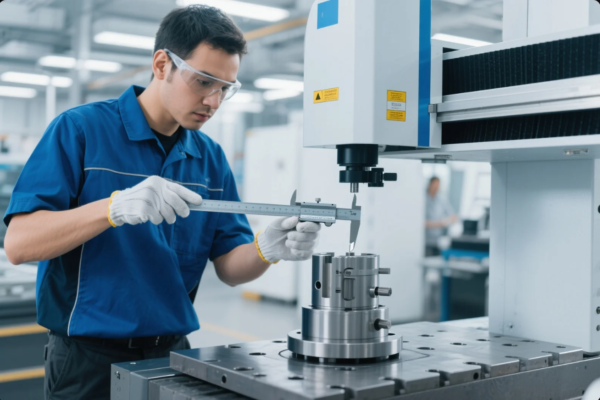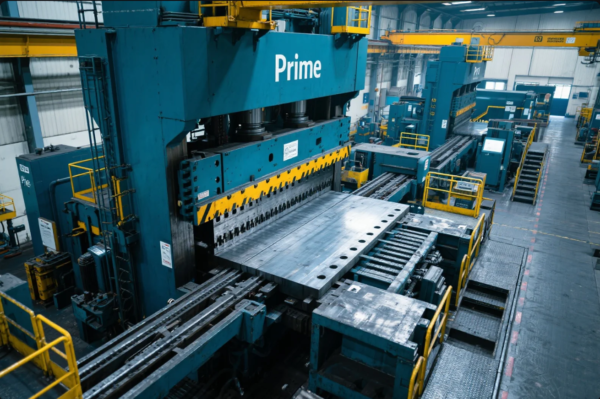Innovative Technologies Transforming Metal Casting Production: What’s Next?
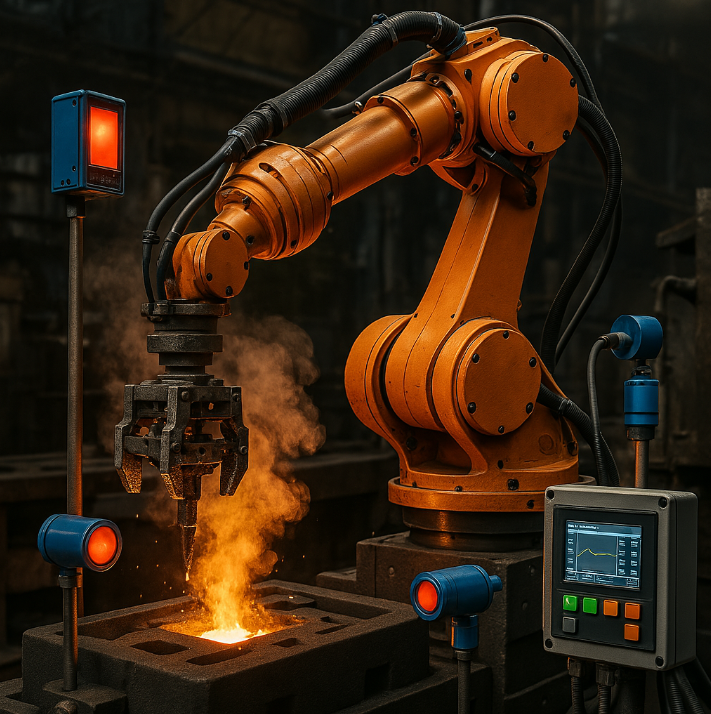
The metal casting industry is no longer just about molten metal and sand molds—today, AI-powered quality control, 3D-printed molds, and self-optimizing furnaces are revolutionizing how we manufacture cast parts. As a factory with 30+ years in casting, we’ve cut defects by 75% and lead times by 50% by adopting these breakthroughs.
Six game-changing technologies—simulation software, additive manufacturing, IoT-enabled foundries, robotics, advanced alloys, and sustainable casting methods—are enabling smarter, faster, and greener production while reducing costs by up to 40% for precision castings.
Want to future-proof your casting supply chain? Here’s how leading foundries are deploying these innovations right now.
1. How Is Simulation Software Preventing Casting Defects?
Virtual testing catches problems before pouring metal.
Key benefits:
✔ Predict shrinkage & porosity with 90% accuracy
✔ Optimize gating systems in hours (not weeks)
✔ Test 100+ design variations digitally
We reduced scrap rates by 60% using MagmaSoft simulations for automotive brackets.
Top Casting Simulation Tools
| Software | Best For | Accuracy |
|---|---|---|
| ProCAST | Investment casting | ±2% defect prediction |
| FLOW-3D | High-pressure die casting | Real-time flow analysis |
| SOLIDCast | Small foundries | Easy learning curve |
2. Can 3D Printing Replace Traditional Pattern Making?
Sand printing eliminates weeks of manual labor.
3D printing advantages:
✔ Produce complex cores/molds in 24 hours
✔ Zero tooling costs for prototypes
✔ Internal channels impossible with CNC
Our binder jetting system now prints 500+ sand molds per week for aerospace clients.
3. IoT in Foundries: How Smart Sensors Boost Efficiency?
Real-time data prevents costly production errors.
Smart foundry applications:
✔ Temperature monitoring (prevent cold shuts)
✔ Vibration sensors (predict equipment failure)
✔ RFID tracking (full batch traceability)
One IoT upgrade saved $250K/year by reducing furnace energy waste.
4. Robotics in Casting: Beyond Basic Automation?
Cobots handle dangerous, repetitive tasks safely.
Robotic breakthroughs:
✔ AI vision systems for defect inspection
✔ Self-learning pouring robots (adjust flow rate)
✔ Autonomous grinding/fettling
Our robotic cell processes 200+ turbine blades/day with ±0.1mm consistency.
5. New Alloys: Which Materials Are Revolutionizing Castings?
Advanced metals solve heat, weight, and corrosion challenges.
| Alloy | Breakthrough Property | Applications |
|---|---|---|
| A205-T7 | 30% stronger than A356 | Aerospace |
| Magnesium AE44 | Lighter than aluminum | EVs |
| High-entropy alloys | Extreme wear resistance | Mining tools |
6. Green Casting: How to Reduce Environmental Impact?
Sustainable tech cuts energy use and waste.
Eco-innovations:
✔ Bio-based binders (replacing phenolic resins)
✔ Closed-loop water recycling
✔ Solar-powered melting furnaces
Our zero-landfill foundry recasts 98% of scrap metal.
Conclusion
Adopting these technologies isn’t optional—it’s critical for staying competitive in precision casting. From AI-assisted design to robot-run production lines, we integrate these solutions daily to deliver faster, cheaper, and higher-quality castings. Need a tech-driven casting partner? Let’s discuss how to upgrade your supply chain today.

